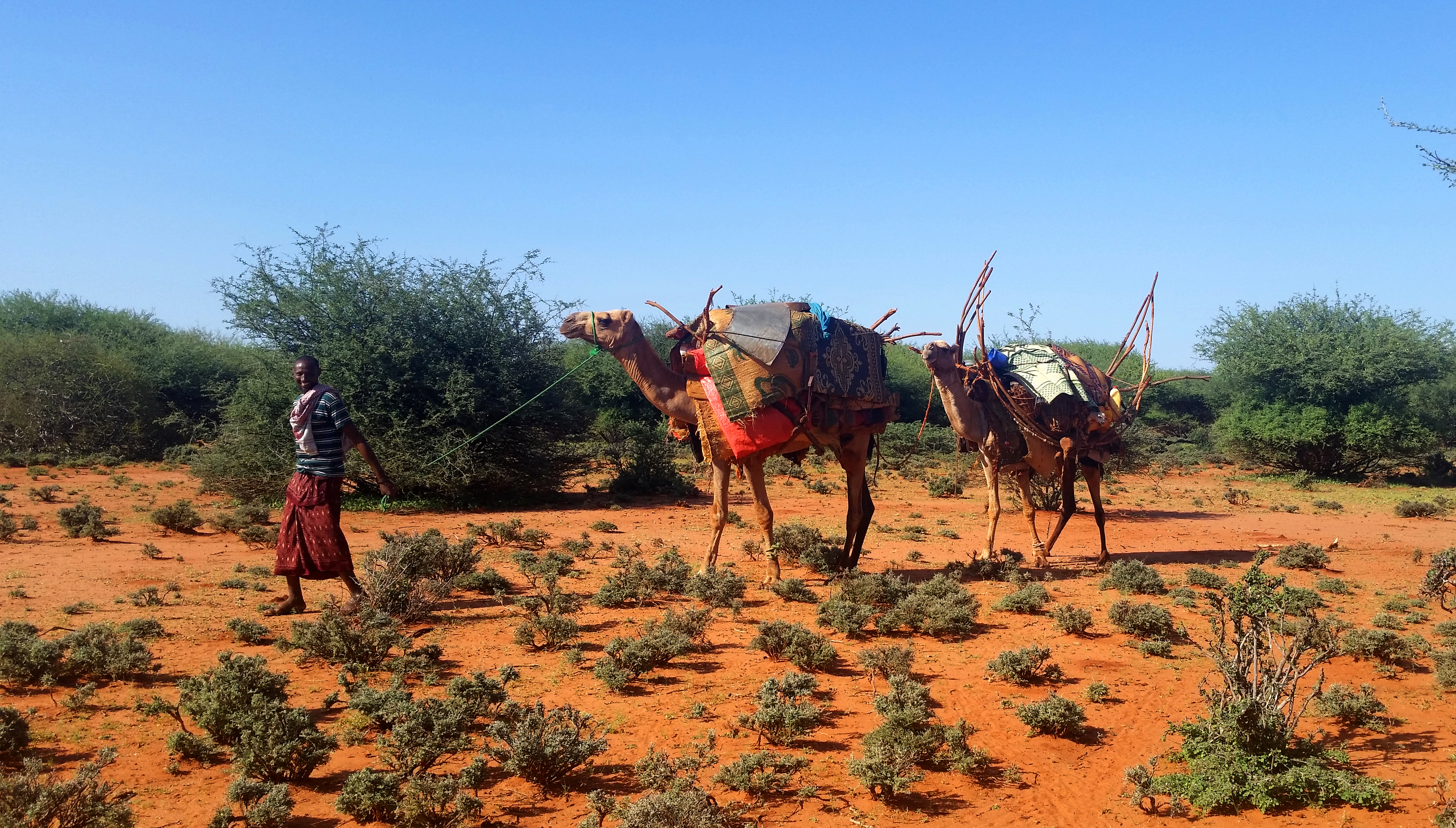The Haud plateau, natural habitat of the yeheb shrub, is an area of elevated, semi-arid rangeland1 extending to about 25,000 square miles that is shared between Somalia and Ethiopia. The habitat is similar either side of the border. On the Ethiopian side, the Somali Region Pastoral and Agro-Pastoral Research Institute (SoRPARI), which works closely the Somali Region Agriculture Bureau based in the capital Jigjiga, is working to conserve and restore the yeheb plant.
SoRPARI leading the way in pastoral and agro-pastoral research
Under the supervision of Mr Ahmed Ugas Guntane, Director at SoRPARI, Mr Abdurizak Ahmed and his two research colleagues, Mr Mahamed Qumane and Mr Salah Nur, have recently completed their first report on the conservation and restoration of yeheb, which is published exclusively here on the Yeheb Project website.
The Yeheb Project is grateful to the following persons for their kind permission to publish the report to a wider audience. We look forward to working with the Somali Region Bureau of Agriculture and with SoRPARI in future.
Dr Abdulkadir Iman, Head of the Bureau of Agriculture, Somali Regional State
Mr Badal Kenadid Mohamed, Natural Resource Management Director, Bureau of Agriculture
Dr Mohammed Sherif Ali, Director General, SoRPARI
You can follow SoRPARI at https://twitter.com/somalisorpari and find out more on the institute’s website.
About the project: action to restore Yeheb for the benefit of local people
The report describes an intervention in the village of Gambarey, in the eastern part of the Somali Region. The village lies 135 km south-east from Buhodle (Somaliland) which was one of the locations visited by The Yeheb Project’s scoping mission in 2015 and is nearly 800km by road from Jigjiga.
The report describes the project team’s activities including:
- Focus group discussions to gain the input and guidance of local people
- Constructing a shelter to provide storage and act as a base for future activities
- Provision of a motorcycle to enable transport in this remote part of the region
- Refresher training on the cultivation and care of yeheb plants
- Monitoring the growth performance of yeheb shrubs under various conditions
- GPS data collection from ground surveys on the distribution of yeheb in the area
The report notes that thanks to the activities of SoRPARI, local people have conserved and protected yeheb in the area around Gambarey whereas in the other areas surveyed, overgrazing has led to extensive deforestation. Given additional resources, the positive outcomes achieved at Gambarey could be replicated elsewhere.
Here is the download link for the report Narrative Report on Yeheb Nut Transboundary Project SoRPARI, 20 October 2023 (PDF 1,180KB)
Readers may also be interested in a comprehensive survey of pastoral and agro-pastoral practices that was published by SoRPARI in June 2023: Farming Systems Characterization and Analysis in a Mixed Agro-ecology, Somali Region which is also available to download (PDF 2,466KB). This report is the result of a collaboration with Jigjiga University through ENARESS, which stands for Enabling Next-generation Agricultural Researchers through Engaging Seasoned Scientists, a project designed and delivered by the Ethiopian Institute of Agricultural Research (EIAR).
- According to the IUCN habitat classification scheme the main habitat type of the Haud plateau is 3.5 “Shrubland – Subtropical/tropical dry” with parts of the area classified as 8.1 “Desert – Hot”. Data on habitat distribution is available from Jung, M., Dahal, P.R., Butchart, S.H.M. et al. A global map of terrestrial habitat types. Sci Data 7, 256 (2020). ↩︎

